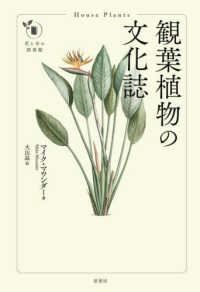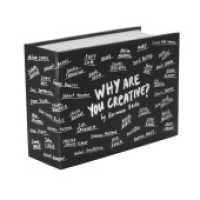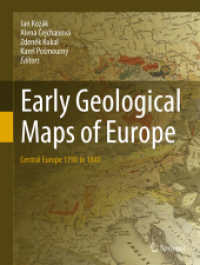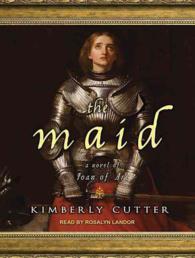- ホーム
- > 洋書
- > 英文書
- > Performing Arts
Full Description
This book is about the four-decade-long struggle of political theatre in the post-colonial society of Pakistan, which started as a response to the dictatorship.
It is the cultural history of Pakistan that stands at the intersection of theatre, people's dreams about a progressive and socialist Pakistan, political movements, the cultural intelligentsia of the country, and the neoliberal regimes of NGOs and foreign donors. This book explores some of the major questions about contemporary cultural politics in the country, for example, 'what is the relationship between politics and performance?' 'What is the term "political theatre" in the historic, cultural, and political context of Pakistan?' 'What is the aesthetics of political theatre?' 'How does a cultural product make meaning?' What do a political theatre company's working processes and organizational structures look like?' By focusing on the creative work of leading theatre companies of Pakistan, including Ajoka, Punjab Lok Rahs, Sangat, and Azad, this study is a unique journey into their rehearsal rooms behind the public stages to see how a theatre play is conceived, rehearsed, produced, and performed. It is the analysis of the aesthetical politics of these companies, covering all the stages of theatre performance from production to reception. Through this cultural inquiry, the book explores the themes of cultural activism, resistance, volunteerism, leftist politics, de-colonization, funding, NGO-isation, professionalization, and de-politicization.
The book will be of great interest to students and scholars with an interest in Political Theatre, Applied Theatre, and Cultural Activism.
Contents
Introduction; Chapter 1: Political Theatre and its Context in Pakistan; Part 1- Defining political theatre; Part 2: The political and cultural context of Pakistan; Chapter 2: NGO-isation and Political Theatre Groups; Chapter 3: The Changing Creative Politics of the Theatre Groups; Part 1- Ajoka's Saira aur Maira; Part 2- Politics of Chog Kusumbhey Di (Picking Safflowers); Chapter 4: Ways of Working I: Structures and Working Methods: Offstage Politics of Hierarchy and Discrimination; Chapter 5: Ways of working II: Offstage Creative Spaces (Trainings, Rehearsals and Productions); Conclusion: The Silenced Voices and the Decline of Political Theatre in Punjab; Bibliography, Index








